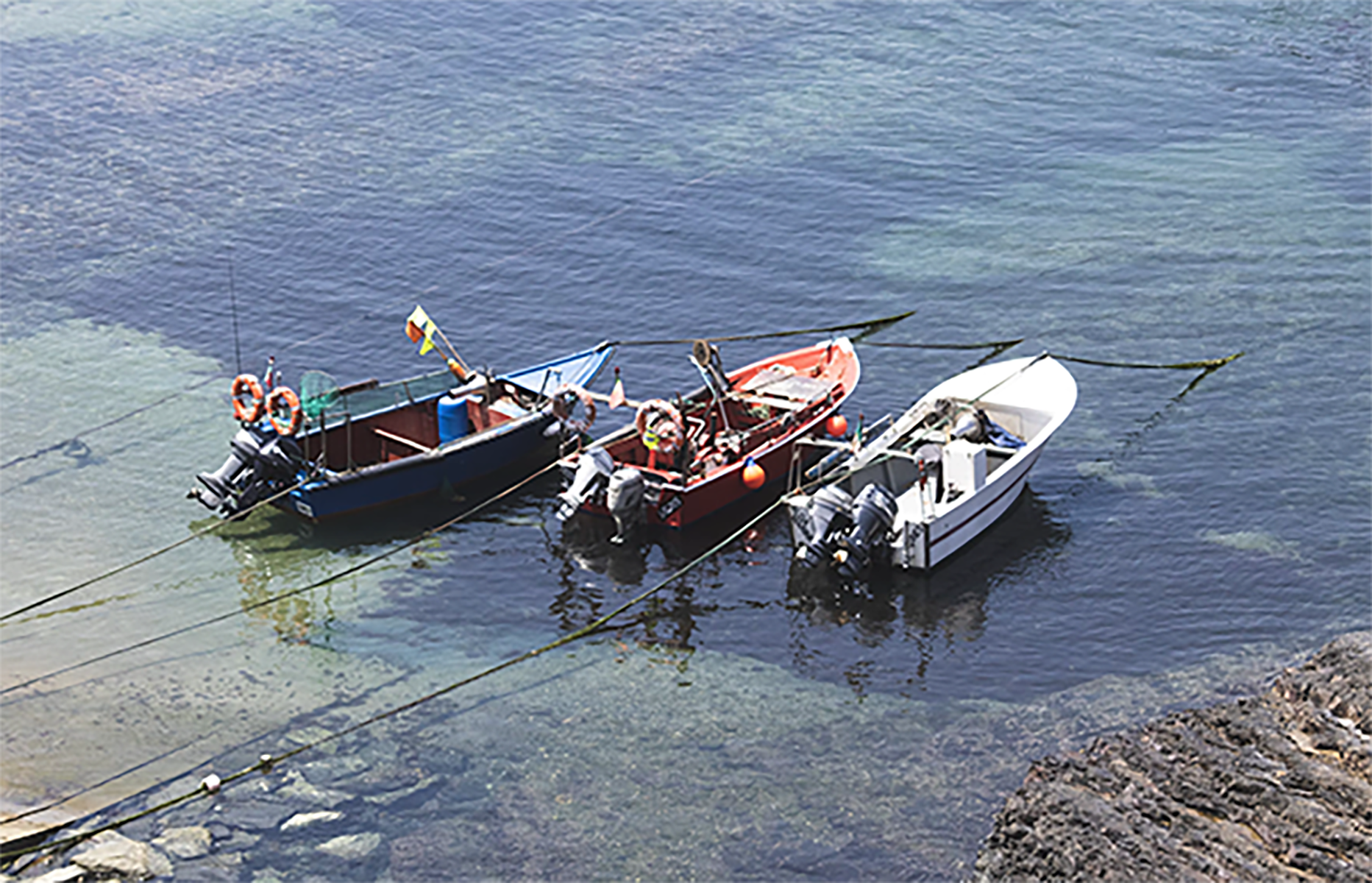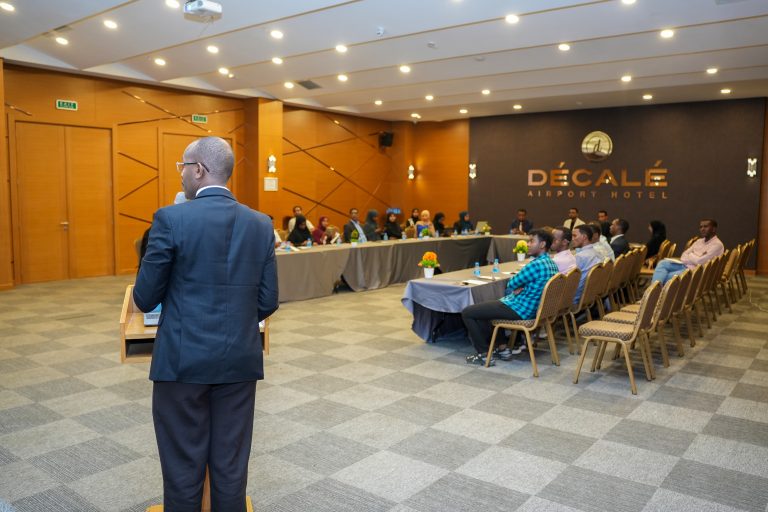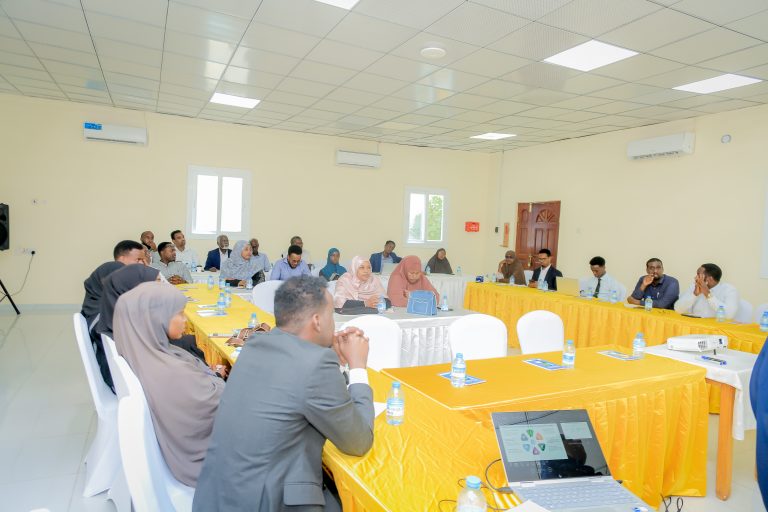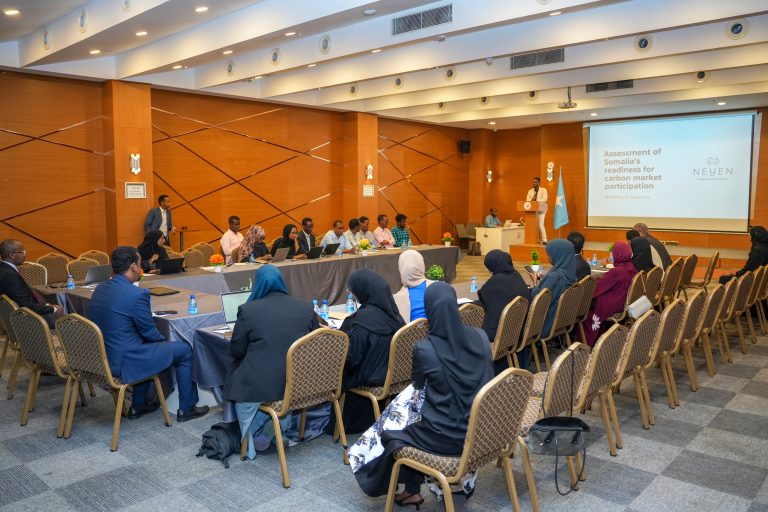
Somalia’s Fisheries Sector: A Primer on the Sector
Somalia’s 3,333 km coastline represents one of Africa’s most significant untapped economic resources.
Despite its potential, the fisheries sector contributes just 3% to GDP and 2% to exports, highlighting a substantial gap between current performance and possible economic impact. This analysis presents research findings on the current state of Somalia’s fisheries sector, identifying key challenges and opportunities based on comprehensive data collection and stakeholder engagement.
Context and Background
The fisheries sector has experienced considerable volatility since the 1990s civil war, which disrupted established fishing practices and infrastructure. Recent years have shown promising recovery trends, with fish exports increasing from $9.9 million in 2017 to $51.3 million in 2022—a remarkable 400% growth in five years. This recovery occurs against a backdrop of substantial underutilization, with estimates suggesting Somalia’s Exclusive Economic Zone (EEZ) could sustainably produce 380,000-500,000 metric tons annually, far exceeding current production levels.
The sector’s historical context reveals a complex journey:
- Pre-war contributions to GDP were around 1%, indicating limited development even before the conflict
- Post-war recovery has been gradual but inconsistent, with significant regional variations
- Recent government reforms, including the issuance of offshore fishing licenses in 2019, mark the first steps toward formalization and regulation in decades
Key Research Findings
Economic Significance and Employment
The fisheries sector employs approximately 30,000 people full-time and 60,000 part-time, with an additional 500,000 involved in related activities such as processing, distribution, and equipment repair. Despite its limited contribution to GDP, the sector provides crucial livelihoods for coastal communities and represents a significant economic activity in regions with few alternative employment opportunities.
Regional distribution of fishing activities:
- Kismayo: Focuses on demersal and reef-associated species, with significant lobster exports
- Mogadishu: Largest population center with significant fresh fish markets, serving as a distribution hub for inland regions
- Eil: Primarily artisanal fishing community with limited infrastructure
- Bargal: Artisanal fishers target pelagic species including tuna, with some processing capabilities
- Bolimog: Focus on small pelagic fish and some reef species, with growing export potential
- Las Korey: Important landing site for both pelagic and demersal species, with historical significance in the regional fish trade
- Berbera: Major port city serving as a hub for fish landing and transport, with established trade routes
Infrastructure Deficits
Research identifies significant infrastructure gaps:
- Limited cold storage facilities leading to post-harvest losses estimated at 30-40% of catches
- Poor road and port infrastructure increasing transportation costs by 15-30%
- Outdated fishing equipment limiting catch volumes and efficiency
- Insufficient processing facilities, with most fish sold whole rather than value-added products
- Limited electricity access at landing sites affecting storage and processing capabilities
Financial Constraints
Fishers face challenges in accessing affordable financing:
- High collateral requirements for loans (typically 150-200% of loan value)
- Limited credit history among small-scale operators
- Investment gaps in larger infrastructure projects estimated at $50-70 million
- Seasonal nature of fishing creating irregular cash flows that challenge traditional banking models
- Lack of specialized financial products tailored to the fisheries sector
Regulatory and Market Challenges
- Complex licensing processes with multiple regulatory bodies involved
- Limited enforcement capacity against illegal fishing practices
- Prevalence of Illegal, Unreported, and Unregulated (IUU) fishing costing an estimated $306 million annually
- Lack of international certifications (HACCP, ISO) limiting market access
- Low domestic fish consumption (2.4-3.3 kg/year vs global average of 19 kg/year)
- Reliance on brokers for price-setting and market access
- Cultural preferences for meat over fish in inland regions
- Limited awareness about the nutritional benefits of fish consumption
Investment Opportunities
Strategic Infrastructure Investments:
- Cold Storage Facilities: Requires $20 million investment with potential 18-22% annual ROI. These facilities would significantly reduce post-harvest losses and improve product quality for both domestic and export markets.
- Fleet Modernization: Investment in new boats with refrigeration systems and mechanized tools. Modernizing the fleet would expand fishing zones beyond nearshore waters and increase catch volumes.
- Processing Facilities: Development of canning, filleting, and freezing capabilities to increase product value. Processing facilities could transform raw fish into higher-margin products like canned tuna, fish fillets, and frozen seafood.
Value-Chain Improvements
- Addressing input supply gaps through financing for modern equipment
- Improving distribution networks and logistics
- Developing market linkages to connect fishers directly to buyers
- Implementing quality control standards to meet international market requirements
- Creating brand recognition for Somali seafood products
Research-Based Insights
Global Market Potential
The global fisheries market continues to grow, with world fisheries and aquaculture production reaching 223.2 million tonnes in 2022. Rising global per capita consumption (projected to reach 21.3 kg by 2032) creates opportunities for Somalia to capture market share with sustainable practices and quality products.
Key export markets:
- Gulf States: Currently the primary destination for Somali fish exports
- East Asia: Growing demand for high-quality seafood products
- European Union: High-value market requiring strict quality and sustainability standards
- Regional markets in East Africa: Potential for fresh fish distribution
Domestic Consumption Trends
Despite low current consumption levels, urban demand for seafood is increasing, particularly in cities like Mogadishu where consumption is estimated at over 9 tons/day. This presents an opportunity for domestic market expansion through improved distribution networks and consumer education.
Factors influencing domestic consumption:
- Cultural preferences and traditional dietary patterns
- Price competitiveness compared to other protein sources
- Availability and accessibility in inland regions
- Seasonal variations in supply and demand
- Marketing and awareness campaigns about fish nutrition
Sustainability Considerations
Research indicates that implementing sustainable fishing practices, particularly for vulnerable species like lobsters and sharks, is essential for long-term sector viability. Adopting gear selectivity and seasonal closures could preserve fish stocks while generating premium certifications for sustainable products.
Sustainable practices include:
- Implementing catch limits and size restrictions
- Protecting breeding grounds and nursery areas
- Adopting eco-friendly fishing gear
- Establishing marine protected areas
- Developing community-based resource management plans
‘Conclusion
Somalia’s fisheries sector stands at a critical juncture where strategic investments and infrastructure development could unlock significant economic potential. SDRB’s research indicates that addressing current challenges through targeted interventions in infrastructure, finance, and market access could transform this sector into a major contributor to Somalia’s economy. The data presented in this analysis provides a foundation for informed decision-making by stakeholders across government, private sector, and development partners interested in Somalia’s blue economy potential.









